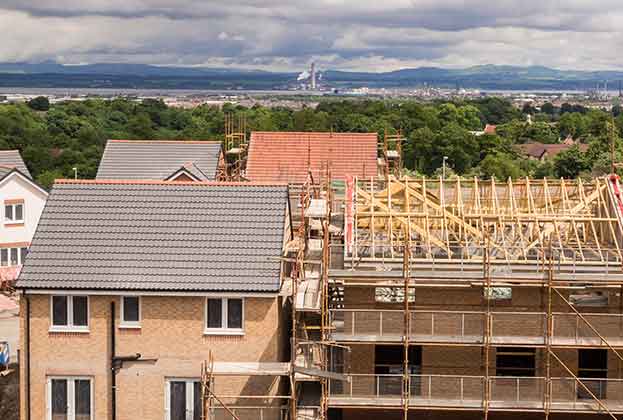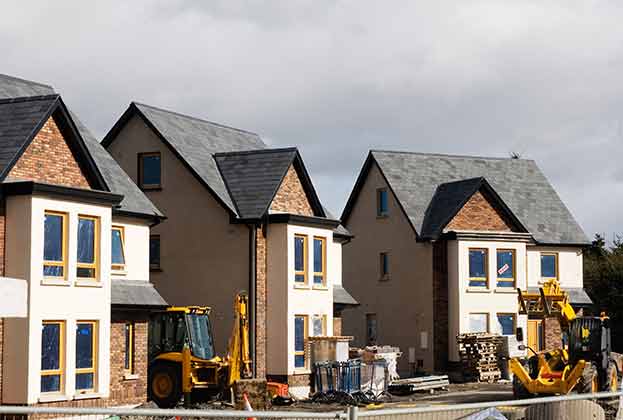Appeals ensure that the planning system functions when local decision-making breaks down, and provide an important alternative route for ensuring enough new homes are built
The number of homes coming through the appeals system has remained fairly stable over the lifetime of the NPPF. On average, 8% of all homes granted consent each year are via appeal, although levels have slightly fallen over the lifetime of the framework, from around 10% in 2013 to under 8% in the most recent data for Q1–Q3 2022.
However, there have been years when consents via appeals formed a considerably lower proportion of all supply. Volumes started falling in 2017, and in 2018, fewer than 10,000 homes gained consent via the appeal route, equivalent to only 3% of all supply. This is likely a consequence of a long period of consistent planning policy following the introduction of the NPPF. As more LPAs adopted NPPF-compliant plans and established an adequate land supply, there were fewer grounds to submit appeals on the basis of a lack of land supply. At the time, 58% of LPAs had adopted a post-NPPF plan.
The introduction of the revised NPPF midway through 2018, and subsequent attempts at reform are likely to have contributed to appeal volumes increasing again, as LPAs have slowed down plan production as a result of the policy uncertainty. While post-NPPF local plan coverage has risen to 80%, almost half of these plans are over five years old and therefore require updating.
As a consequence, appeal volumes have risen again. Over 25,000 homes were granted consent at appeal in 2021, and although the full data is not yet available, it appears that 2022 will see a similar pattern.
A further trend apparent in the data is that the size of site gaining permission at appeal has been increasing; between 2013–2015, the typical successful site at appeal had 246 homes; between 2020–2022, that rose to 327. Since 2020, six schemes with capacity for over 1,000 homes have gained permission via appeal, demonstrating the scale of the land shortfall. An unusual aspect of the data is 2012, one in ten of all successful appeals were on sites that had already been allocated for housing in a local plan. Given the allocated status of these sites, the expectation is that these should be determined at the local level.
What does this tell us about the health of the planning system?
Increasing volumes of homes coming through via appeal suggest a failure to proactively identify land through the local plan process. The risk of “planning by appeal” is that new development conflicts with the expectations of local communities and doesn’t align with wider growth objectives set out in the local plan.
Yet, the appeal figures also show the system working as it should, providing a route for developers to bring land forward when LPAs are not meeting their land supply targets. Since the end of 2020, the balance of appeal decisions has been tilted towards granting consent, demonstrating that the appeals process is filling a gap in decision-making by local authorities.
Proposals in the recent NPPF revision consultation would remove the requirement to demonstrate a five-year housing land supply for LPAs with an up-to-date local plan. This would undermine a clearly important alternative decision-making route for land supply. This is particularly important as Savills previous analysis has shown that having a recently adopted local plan has been no guarantee of delivery that meets targets in the past: limiting the ability to bring sites forward via appeal will further reduce the development pipeline.
Want to find out more about Planning and Development? Read our latest insights here.
Read the articles within Planning Research 2023 below.
.jpg)

